1. Coating technologies and corrosion resistance for single-edge razor blades
Modern single-edge blades rely on surface engineering to extend service life and maintain sharpness in humid or chemically aggressive environments. Rather than generic statements about coatings, practical implementations focus on thin hard coatings (measured in nanometers–micrometers), low-friction topcoats, and proprietary duplex systems that combine corrosion barrier + lubricity layer.
Key coating types and when to use them
- Physical vapor deposition (PVD) — very thin (0.2–2 µm) titanium nitride or chromium nitride layers: excellent wear resistance for precision trimming tools where edge profile must remain unchanged.
- Electroless nickel or thin chromium plating — 1–10 µm: good corrosion barrier for blades used intermittently in wet processes; tolerates light bending.
- Fluoropolymer topcoats (PTFE-like) — nanoscale films over metallic coatings: reduce adhesion of residues and lower cutting friction for adhesives/labels applications.
- Clear ceramic overcoats — thin alumina/zirconia by sol-gel or PVD for specialty blades requiring chemical resistance (acids/solvents) at elevated temperatures.
Design note: when specifying coatings, request salt spray (ASTM B117) exposure time targets (e.g., 24/48/96 hours) and friction coefficient targets (µ < 0.3) from suppliers rather than vague claims — these allow objective supplier comparison.
2. Edge geometry optimization: balancing sharpness and toughness
Edge performance is governed by micro-geometry (edge radius, apex angle) and macro-geometry (bevel shape along the length). For single-edge blades, small increases in apex radius dramatically improve impact resistance but reduce initial cutting sharpness. Practical optimization requires matching geometry to the substrate and cutting speed.
Practical geometry guidelines
- Thin paper/film cutting: apex radius 0.1–0.3 µm; bevel angle 10°–15° per side for ultra-clean shear.
- Carpet/rubber trimming: apex radius 0.5–1.5 µm; single bevel 18°–25° per side to resist nicks.
- Surgical or medical-grade single edges: controlled micro-bevel with cryogenic tempering and surface polish to ensure predictable tissue response and minimal burr formation.
Manufacturing tip: final edge finishing (stropping, polishing) should be specified as a process step with measurable outputs: edge radius by SEM/AFM and blade roughness Ra (target < 0.05 µm for precision blades).
3. Safe storage, handling and end-of-life: workplace best practices
Single-edge blades are a safety and environmental concern throughout their lifecycle. Practical procedures reduce accidental injury and simplify regulatory compliance. Below are actionable steps for storage, handling, and disposal.
Checklist for implementation
- Inventory storage: keep blades in sealed racks or blister trays with clear labeling of steel grade and coating; maintain a first-in, first-out (FIFO) rotation to avoid long-term corrosion exposure.
- Handling: require PPE (cut-resistant gloves) and one-handed blade removal tools or automated dispensers to minimize fingertip exposure.
- Sharps containers: provide puncture-resistant containers at point of use; train staff to drop used blades directly into container without manual manipulation.
- Disposal and recycling: if blades are stainless or high-grade steel, coordinate with metal recyclers for bulk recycling; for coated or contaminated blades, follow local hazardous waste rules and use sealed transport packaging.
Operational metric: track “blade incidents” per 10,000 blade uses and set a reduction target (e.g., 50% reduction in 12 months) after implementing dispensers and training; this creates measurable ROI for safety investments.
4. Performance testing and quality control metrics for procurement
When qualifying a blade vendor, move beyond marketing claims. Use targeted tests that reflect your application. Below are specific, measurable tests and an example specification table buyers can paste into RFQs.
Recommended test battery
- Cutting durability — standardized cut-count on representative substrate at fixed speed and force until edge failure; report median and 10th/90th percentiles.
- Corrosion resistance — ASTM B117 salt spray hours to first visible pitting; specify a minimum (e.g., ≥72 h) if used in coastal or humid environments.
- Hardness and toughness — Vickers/Rockwell hardness plus bend or impact test to ensure temper consistency across batches.
- Dimensional control — flatness, thickness tolerance (e.g., ±0.02 mm), and bevel angle tolerance documented per lot.
Below is a compact RFQ specification table you can include when issuing purchase orders. It lists typical grades, thickness, hardness and typical applications to speed supplier responses.
| Grade / Coating |
Thickness (mm) |
Hardness (HRC) |
Typical use |
| AISI 440A + PTFE |
0.20–0.30 |
56–60 |
Label/adhesive cutting |
| Carbon spring steel, uncoated |
0.30–0.45 |
58–63 |
General purpose trimming |
| Stainless 420 + CrN |
0.18–0.28 |
54–58 |
Food/facility use (corrosion resistant) |
Procurement tip: require supplier lot traceability and a certificate of analysis (CoA) that includes heat number, measured hardness, and at least one batch cutting test result to reduce incoming inspection time and guarantee repeatability.


 ENG
ENG
 English
English Español
Español

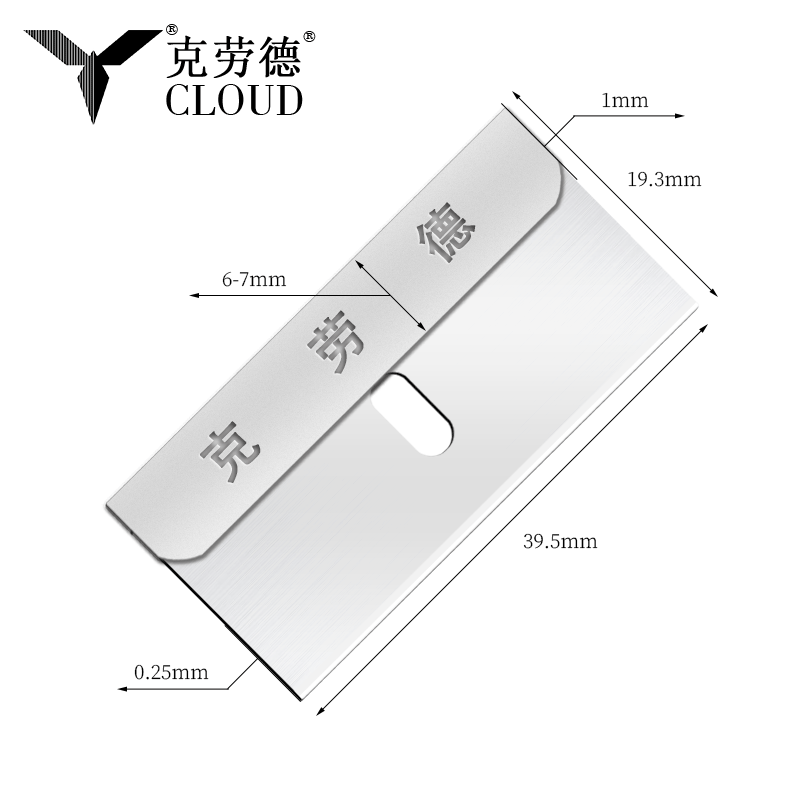
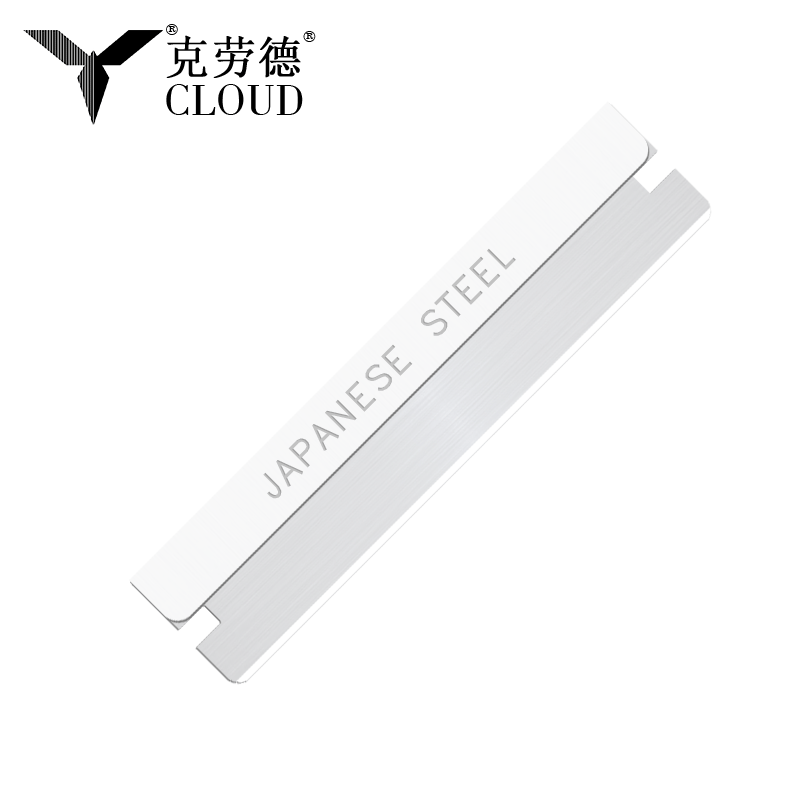
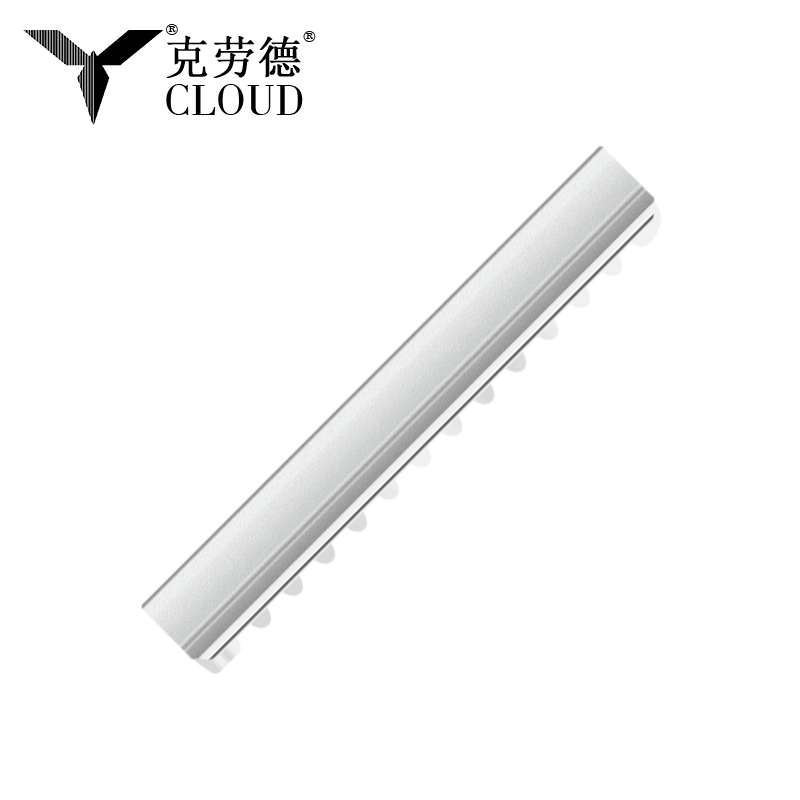
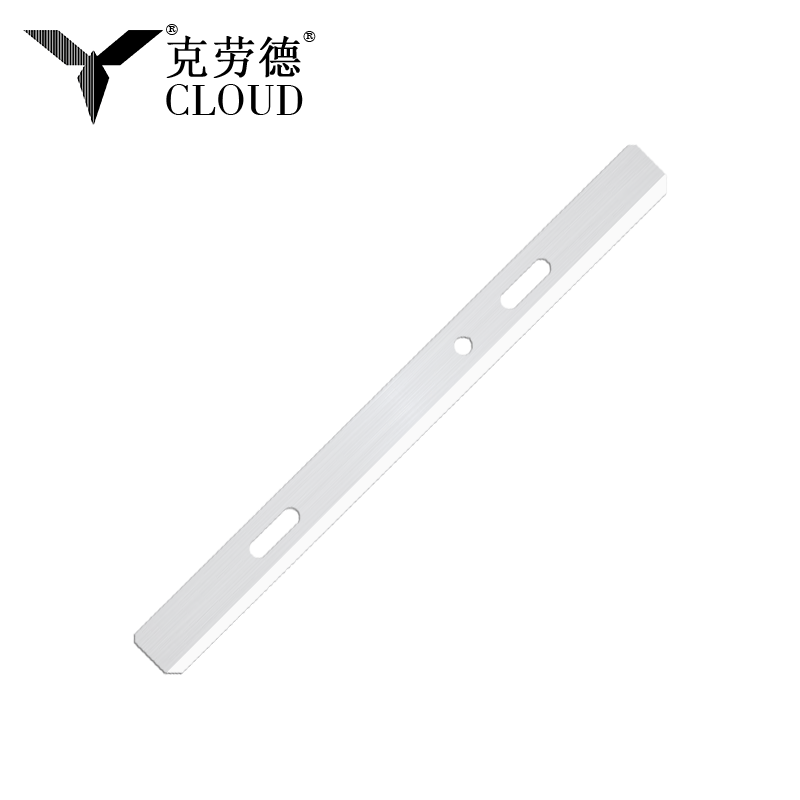


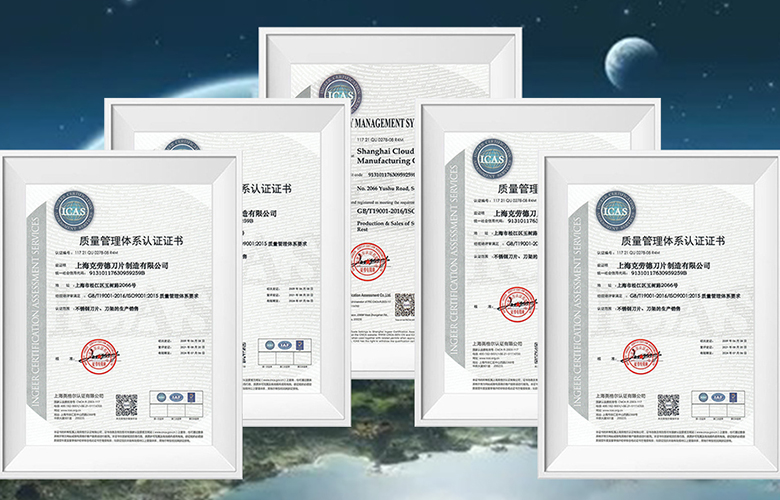

 +86-400 9915 887
+86-400 9915 887  +86-021-57644936
+86-021-57644936 
 No. 2066, Yushu Road, Songjiang District, Shanghai, China
No. 2066, Yushu Road, Songjiang District, Shanghai, China  Home
Home
